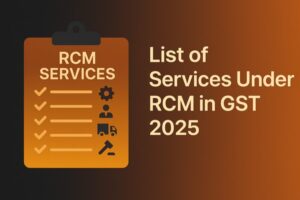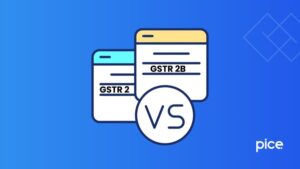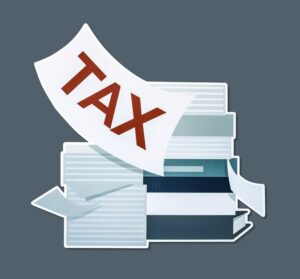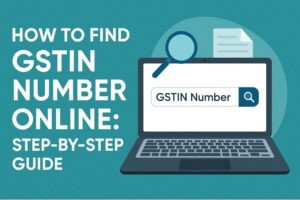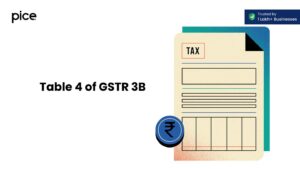What is a Credit Note in GSTR 9?
- 12 Sep 24
- 6 mins

What is a Credit Note in GSTR 9?
Key Takeaways
- Streamlined Reporting: The new GST system integrates credit and debit notes into ANX-1 and ANX-2, reducing errors.
- GSTR-9 Accuracy: Properly report credit notes in GSTR-9 to avoid penalties.
- Separate Disclosure: Report credit notes separately for registered (B2B) and unregistered (B2C) persons.
- B2C Large Supplies: Disclose B2C supplies over ₹2.5 lakhs separately in GST returns.
- Use ERP Tools: ERP and e-TDS solutions help ensure accurate reporting under the new GST system.
The new GST return system has introduced several changes to the reporting of credit notes and debit notes. These changes are aimed at streamlining the process, reducing errors, and enhancing the overall efficiency of the return filing process.
This section will explore how credit notes and debit notes are reported under both the existing and new GST return filing systems, along with implications due to the changes, and specific disclosure requirements.
Credit Notes in GSTR-9
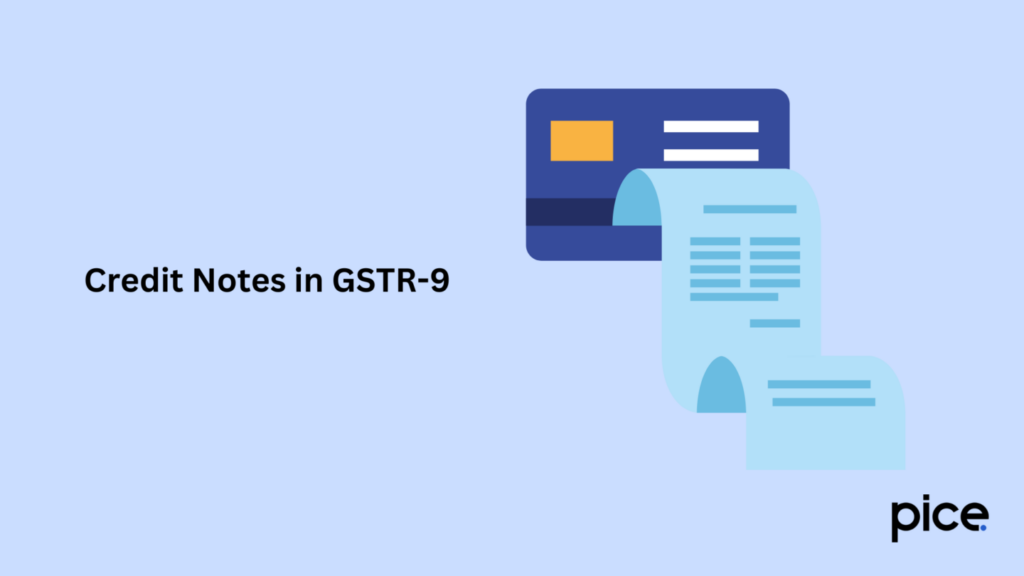
GSTR-9, the annual GST return, requires the accurate reporting of credit notes, which are issued to reduce the supplier's tax liability due to reasons like returned goods, price reductions, or invoice errors. These credit notes must be reported in the relevant sections of GSTR-9 for the fiscal year in which they were issued.
Proper classification of credit notes, including those related to B2B and B2C supplies, is essential to avoid discrepancies that could lead to penalties or interest charges. Businesses must ensure that all issued credit notes are accurately reflected in their books of accounts and reported in GSTR-9. Utilizing ERP and e-TDS solutions can aid in precise reporting, ensuring compliance with GST laws.
Reporting of Credit Note under the Existing Return Filing System
Under the existing GST return system, credit notes must be accurately reported in GSTR-1 and GSTR-3B to adjust tax liability. These notes, issued for reasons like returned goods or price revisions, should be detailed with the invoice number, date, and taxable value.
In GSTR-1, credit notes related to B2B and B2C supplies are reported under the relevant sections, and the adjustments are reflected in GSTR-3B. Using ERP and e-TDS solutions helps ensure accurate reporting, avoiding discrepancies and potential penalties in annual returns like GSTR-9.
Timely and precise reporting of credit notes, particularly for outward and intra-state supplies, is essential for GST compliance under the current system.
Reporting of Credit Note under the New Return Filing System
The new GST return filing system changes how credit notes are reported, using ANX-1 and ANX-2 forms instead of GSTR-1 and GSTR-2A. In ANX-1, businesses report details of credit and debit notes, including those for B2B supplies. ANX-2 allows recipients to view and act on these notes, speeding up reconciliation.
This system aims to reduce errors and improve efficiency. Using ERP and e-TDS solutions helps ensure accurate reporting and compliance with the updated process, crucial for smooth annual returns like GSTR-9.
Implication Due to Changes by the New GST Return System
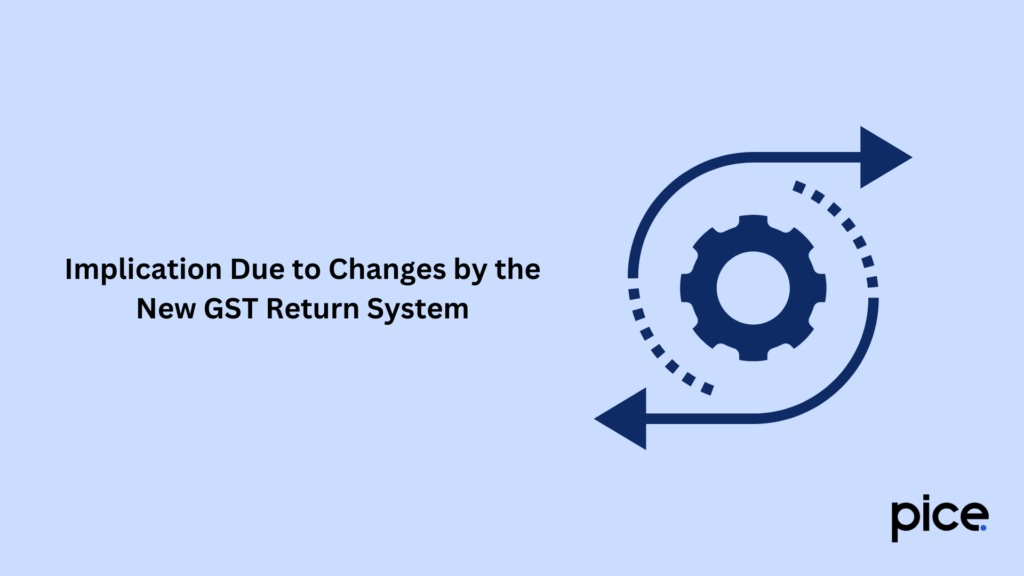
The new GST return system simplifies the reporting process by integrating the reporting of credit notes and debit notes into the main return forms. This reduces the possibility of errors and mismatches. However, businesses must be vigilant in understanding the new formats and ensuring that all necessary details are accurately reported to avoid penalties.
Example for Reporting Credit Notes
For instance, if a supplier issues a credit note for returned goods worth ₹1,00,000 with a GST rate of 18%, the supplier needs to report this in the ANX-1 form under the new return system. The taxable value will be reduced by ₹1,00,000, and the corresponding tax liability will decrease by ₹18,000. The recipient will see this reflected in the ANX-2 form and can take action accordingly.
Reporting Financial Credit Note Issued by the Supplier in the Annual Return
Financial credit notes issued by a supplier must be accurately reported in the annual return, like GSTR-9. These notes, which do not affect taxable value or GST liability, need to be distinguished from regular credit notes.
Utilizing ERP and e-TDS solutions ensures proper recording and reporting, especially for B2B supplies and outward supplies. Timely and precise disclosure is crucial to avoid discrepancies and penalties in the annual filing.
Separate Disclosure Requirement for Credit Note Issued to Registered and Unregistered Persons
Yes, there is a separate disclosure requirement for credit notes issued to registered and unregistered persons. Credit notes issued to registered persons are reported in the B2B section, while those issued to unregistered persons are reported in the B2C section. This separation ensures accurate reporting and tax calculation.
Are B2C Large Supplies (>2.5 Lakhs) and Other B2C Supplies Needed to Be Disclosed Separately?
Yes, B2C large supplies over ₹2.5 lakhs must be disclosed separately from other B2C supplies in the GST return, especially in GSTR-9. This distinction ensures accurate tax calculation and compliance. Proper reporting under specific tables is crucial for correct tax rates and is supported by ERP and supply chain solutions. Accurate disclosure is essential for the 21-22 annual return and ongoing compliance.
Conclusion
The changes introduced by the new GST return system significantly impact the reporting of credit notes and debit notes. Businesses must adapt to these changes to ensure compliance and avoid any potential penalties. Proper disclosure and accurate reporting, especially in the context of large B2C supplies and financial credit notes, are essential under the new system.
💡If you want to streamline your payment and make GST payments, consider using the PICE App. Explore the PICE App today and take your export business to new heights.
 By
By 






